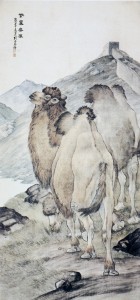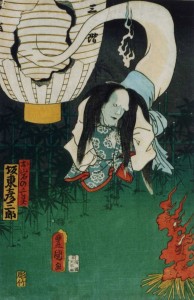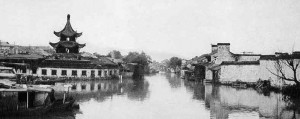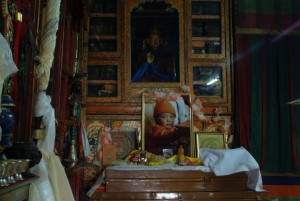Insoo Cho
Associate Professor, Korea National University of Arts
From Spirit Tablets to Portraits: Ancestor Worship and Portraitures in Korea

During the Chosŏn dynasty, the art of portrait painting enjoyed great prominence and was valued with high esteem. Often the most famous and skillful painters were hired to execute these venerable images. These portraits have been closely associated with ancestral worship and served their functions effectively in Confucian rites.
From the early Chosŏn period, Neo-Confucianism was adopted as the national ideology in Korea, and Confucian scholars made wooden name tablets inscribed with wishes for the spirits of the deceased ancestors to stay around even longer. With the elapse of time, however, the use of portraits in ancestor worship was allowed and gradually adopted as a social custom. The portrait paintings, as a result, were considered important objects for descendants to communicate with ancestors and express their filial piety.
This lecture will discuss the relationship between ancestral name tablets and portraits as well as the significance of portraits in rites of homage to deceased ancestors during the Chosŏn Dynasty. It also examines the process of adaptation and modification of Western painting style via China which enabled Korean painters to produce more realistic effigies.
Friday, Feb 24, 4-6 p.m. CWAC 156






